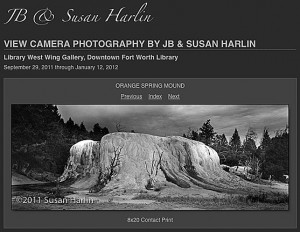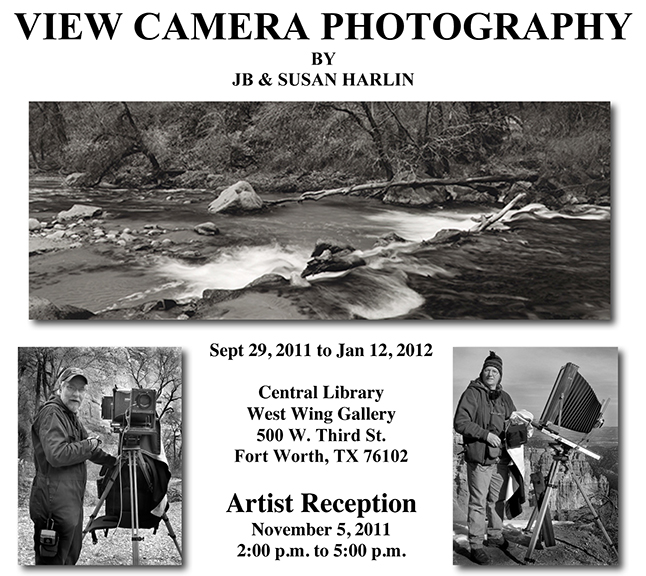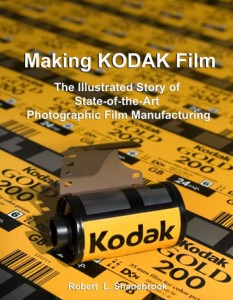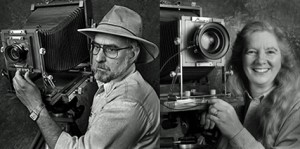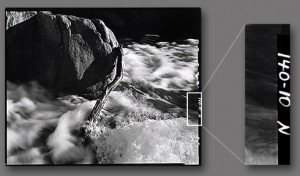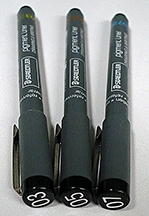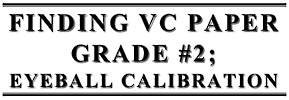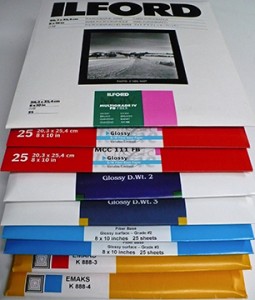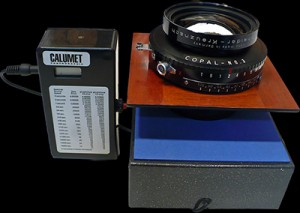 If you are lucky enough to own a Calumet Shutter Speed Tester, you know it is not exactly ideal for testing large lenses and shutters. I have owned one of these handy little devices for over ten years. I performed a modification/upgrade near ten years ago that makes the tester much more suited to testing large lenses and shutters.
If you are lucky enough to own a Calumet Shutter Speed Tester, you know it is not exactly ideal for testing large lenses and shutters. I have owned one of these handy little devices for over ten years. I performed a modification/upgrade near ten years ago that makes the tester much more suited to testing large lenses and shutters.
This modification/upgrade is not difficult, but does require a little ingenuity and proficiency with a soldering iron. With a little planning and a good junk box full of odds and ends you can construct a remote trigger for the tester.
Follow the link HERE to our main web site which will take you to the ‘ARTICLES’ area and scroll down the page to download the PDF titled “CALUMET SHUTTER TESTER MODIFICATION: AN UPGRADE FOR THE LF SHOOTER.” This modification/upgrade has served me well over the years. Hopefully you will find this of interest also.

